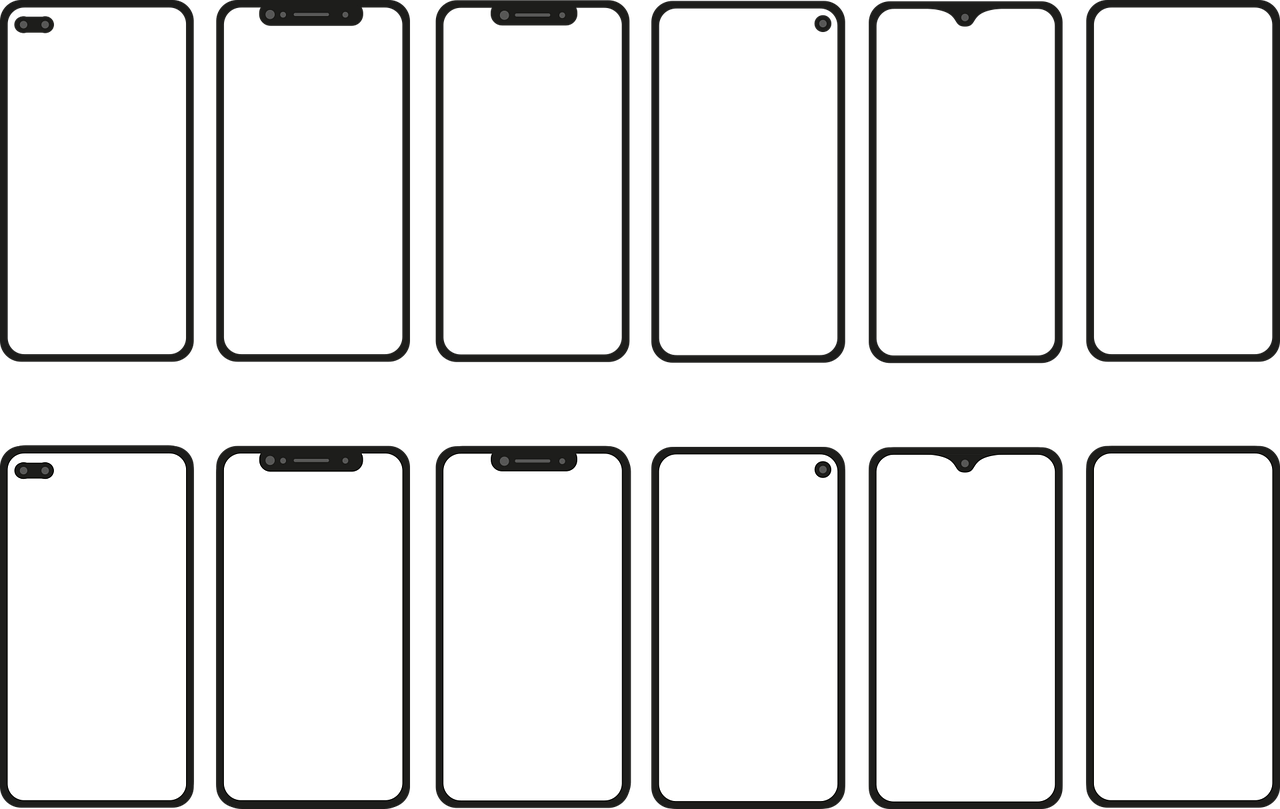6G is real and how it works

December 4, 2022
After the great reception of 5G in the market, it was expected that the wireless industry, including Huawei, would start investigating 6G, the next generation of mobile communications technology.
A new era
Hence, according to experts, through extreme connectivity, 6G will provide a fully wireless immersive experience for human-centric communications and enable the advent of the era of “connected intelligence.”
As you will see, short-range communications generally operate in high-frequency bands, such as millimeter wave (mmWave) or even terahertz (THz), and are expected to provide wireless connections as integrated side links over the “last few meters” with very high throughput, very low latency, and very low power consumption.
What ‘s the aim?
Well, this extreme performance for short-range communications is intended to replace wired connections with free movement and a truly immersive experience.
Examples even include immersive extended reality (XR)-based interactions, holographic communications, and novel interfaces to the metaverse.
Currently, Huawei’s 6G research team has developed a prototype that features ultra-low power consumption, ultra-high throughput, and ultra-low latency for short-range communications using the 70 GHz mmWave band.
Simply put, this allows devices to communicate at a throughput in excess of 10 Gbit/s (Gigabits per second) with sub-millisecond latency. So the transmission speed is several times faster than wired USB, and the power consumption of the entire system is less than 560 mW.
This prototype uses a host of cutting-edge technologies, including:
-
Tbit/s throughput with low-power polar encoding/decoding
This technology is based on algebraic codes and replaces moderate-rate external codes to simplify the 5C decoding process, increase decoding performance, and reduce chip area by 80% compared to traditional short-range coding schemes.
-
Low-power 1-bit ADC
However, with a limited number of ADC bits, the power consumption of the RF chains is significantly reduced. This technology uses zero-crossing modulation with oversampling on the receiver side to improve the spectral efficiency of the system.
-
Adaptive beam sweeping with a high-speed short-range phased array
This powerful technology uses novel dual-polarized phased arrays to independently transmit dual-stream data at high speed. Furthermore, when combined with the adaptive beam scanning mechanism driven by AI-based prediction algorithms, this technology accurately adjusts beam directions with ultra-low beam scanning overhead, even in scenarios with mobility.
-
High-efficiency SiGe large-scale antenna array with antenna in package (AIP)
Finally, it should be recognized that the large-scale, high-gain irregular array architecture can be integrated into a LTCC (Low Temperature Coactive Ceramic) packaging module with a real smartphone form factor. Then, that miniature AIP can also be implemented in portable devices.
To sum up
It can be clearly inferred that Huawei is committed to providing the most cost-effective extreme connectivity for consumers, so the entire Huawei 6G research team is currently dedicated to improving the communication experience of next-generation communications systems and providing immersive human-centric services for the era of “connected intelligence”. Although to achieve this, extreme performance short-range communications is definitely an important enabling technology.
To conclude, as we can see, 6G is already beginning to define its standard based on meetings of those responsible, and despite the fact that some pieces are moving prematurely, the Chinese giant has invested large sums of money and even a long time in the research of the network that could surpass 5G; as it says, it is up to 50 times faster, will have speeds up to 5Gbps, and will most likely be coming to market in 2030.








